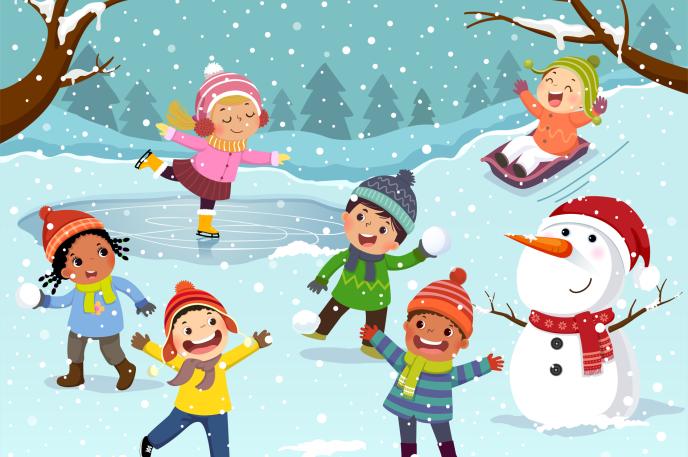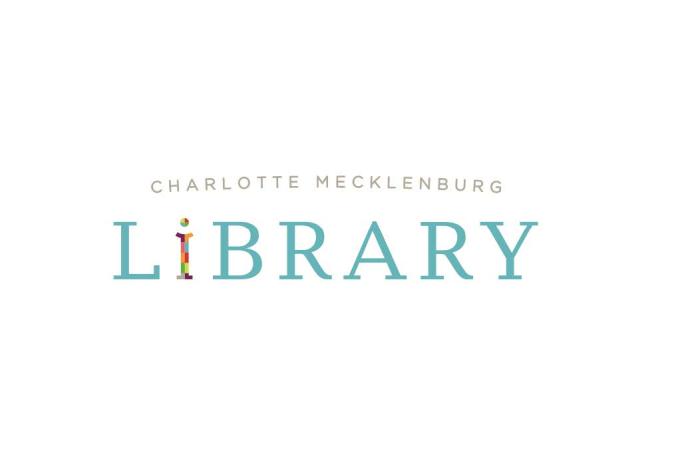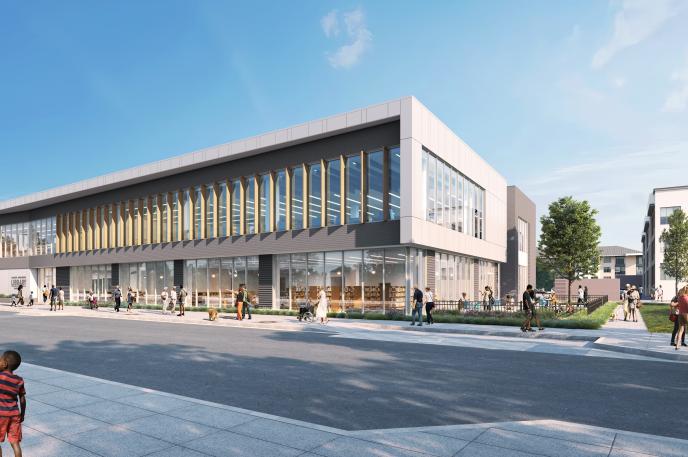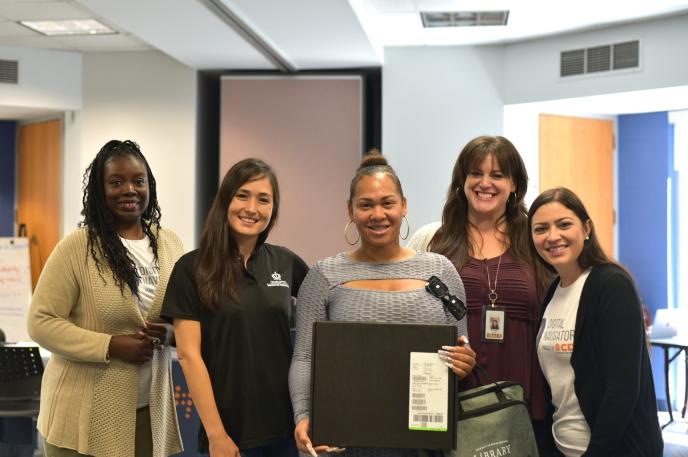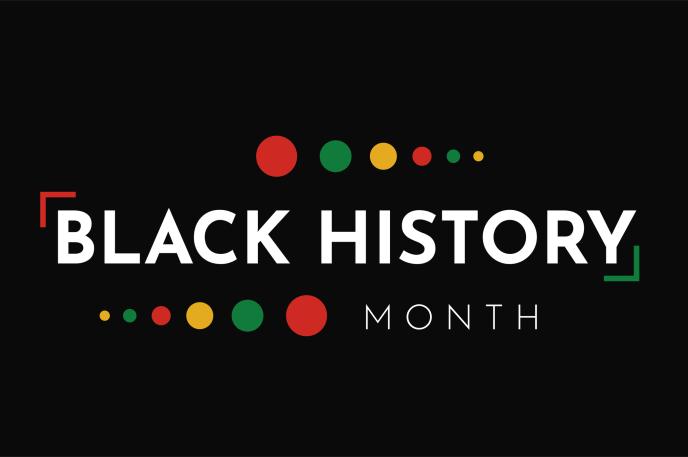Written by Mario Lopez, Library Communications Specialist
For many, adjusting to and thriving in a new role can be a process that takes a really, really, long time. And for some, the transition is seamless as the role fits who they are. In this case, this individual thrives in doing their job and the effort to do so is pure. This is the story of Andrea Davis.
In 2021, Andrea Davis earned her master’s degree in library science from North Carolina Central University. Up until that point she had been a teacher’s aide but would soon shift her professional focus toward her genuine passion for public libraries.
Relocating from Wilmington, NC, Andrea joined Charlotte Mecklenburg Library in December 2022 coming on board as an Adult Services Librarian at Allegra Westbrooks Regional Library.
Since joining the team at AWR, Andrea has become involved in just about everything her schedule will allow. She leads a book club called Turning Pages which was birthed out of Main Library in 2009 and was intended for unhoused individuals. And whereas most book clubs meet monthly, this group meets weekly.
She also manages a monthly arts and crafts program where she assembles and distributes craft kits for Library customers of all ages. The kits have become so popular that she’s increased the distribution count by 50% over the past several months. She even has a participant who makes the trek from Davidson each month just to grab one.
Additionally, Andrea supports the Tech Titans program and she more recently participated in an outreach effort with E2D where 80 laptops were distributed to residents at the Gilfield Park Apartments - a new Charlotte community for senior citizens who are 55 and older.
Looking to continue adding to her already sturdy list of job responsibilities, Andrea grew curious about the idea of activating a community endeavor centered around agriculture. “My penchant for gardening has always been a constant in my life,” she says.
When Andrea moved to Charlotte, she joined the Lincoln Heights Community Garden where it was suggested that she explore opportunities to engage the edible landscape and orchard installation projects. She wasted no time in doing just that.
Earlier this year, she was awarded a Flight Fund Grant for a program series called All Things Gardening. Through the program, Library customers at AWR received hands-on instruction on basic gardening including soil prep and making compost.
Fast forward to now, six raised garden beds have been installed in the courtyard of her Library branch. This edible landscape is a collaboration between AWR, the Charlotte Mecklenburg Health Department, the agriculture department at Johnson C. Smith University, and the Males Place – a male mentorship nonprofit organization.
“My immediate next step for the raised bed installation is to fill the garden beds with a diverse array of produce, herbs, and flowers tailored to this specific zone,” Andrea notes. “The harvested yields will catalyze positive change in impoverished communities. And by granting access to fresh, locally cultivated produce, we envision not only addressing food insecurity but also promoting self-sufficiency and supporting environmental sustainability.”
Pride and passion are just a couple of character traits that are immediately evident in Andrea, especially when it comes to her work at the Library.
“Just shy of her first anniversary with CML, Andrea has made her mark at AWR and in the Beatties Ford Road Community,” says Branch Manager Alesha Lackey. “With her edible landscape project, she has worked hard to create a community garden where Library customers will have access to organically grown fruit, vegetables, and herbs. I am excited to see what she will do next!”
Yet in all that she does, Andrea always expresses her heartfelt gratitude to the dedicated CML staff across the agency. She recognizes that the successful implementation of the edible landscape installation would not have been possible without the autonomy and open-mindedness fostered within the organization.
“The collaborative spirit and support from everyone involved has played a crucial role in bringing this initiative to fruition,” she adds. “This transformative project stands as a true reflection of CML's mission to improve lives and build a stronger community.”


